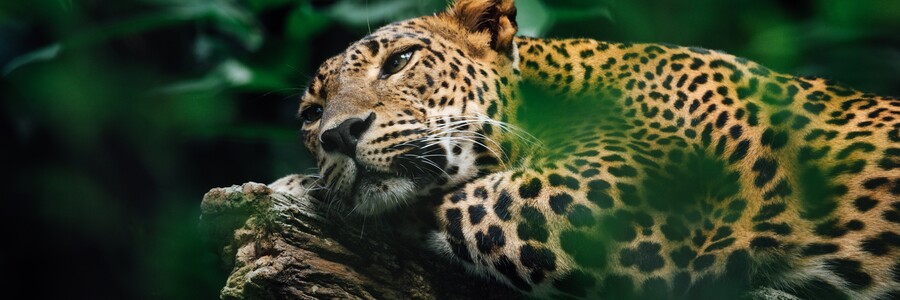Costa Rica is considered a pioneer in environmental protection, as 25 % of the country's land area has been placed under nature conservation. As a result, more than 26 national parks and other private nature reserves have been established to protect Costa Rica's biodiverse nature. However, the nature reserves are far apart from each other and are interrupted by cities and agricultural land, so that there are often several kilometres between them. The resulting isolation of habitats leads to a decline in animal populations and can lead to the extinction of species in forested areas.
Isolation reduces the dispersal of species
Large mammals in particular, which occur at low densities and require large contiguous habitats, are threatened by isolation. This is because animals weigh the costs and benefits of long-distance migrations as they move through spatially complex and uncertain landscapes. In this way, they seek to maximise access to vital resources and breeding partners, and minimise fitness costs and mortality risk. Isolation reduces the dispersal success of species and makes it much more difficult for new individuals to immigrate. This leads to a reduction in genetic diversity and increases mortality. Therefore, local populations may continue to decline and not survive on their own in the long term if immigration is prevented.
Corridors as a solution
As some studies show, the establishment of green corridors is a promising solution. Corridors are defined as: 'Geographical space that provides connectivity between landscapes, ecosystems and natural or modified habitats, ensuring the maintenance of biodiversity and ecological and evolutionary processes (CCAD-UNDP/GEF 2002), and whose presence is essential to mitigate the effects of fragmentation (Bogaert 2001)'. Connectivity between protected areas can ensure the long-term stabilisation of populations by enabling better gene flow. One study has shown that the jaguar population, which ranges from 8 to 104 animals in Costa Rica's protected areas, could grow to 250 animals by establishing habitats linked by corridors.

